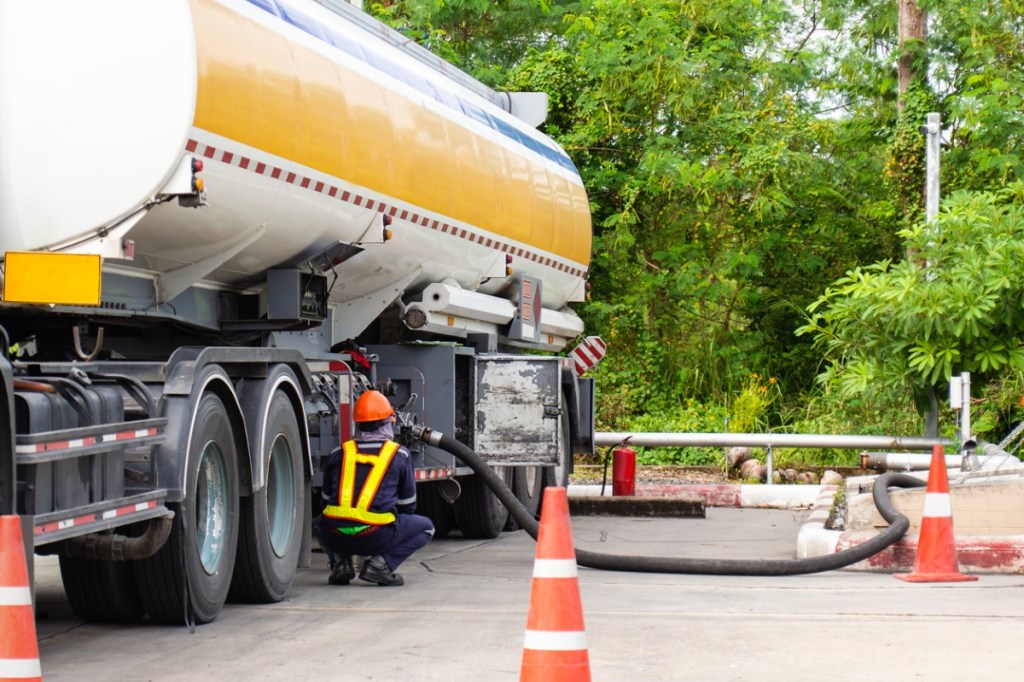As the owner of any business, one of your main concerns should be for the safety of yourself, your employees, and your customers.
Petrol stations can present both familiar and unique circumstances that may contribute to accidents and hazards in the workplace. Unsafe practices at your petrol station can lead to injury or damage.
Here are eight safety areas that you should ensure don’t become an afterthought.
- Slips, trips, and falls
Some of the most commonly reported accidents at petrol stations are those related to slips, trips, and falls. Both inside your petrol station, and outside or around your pumps, it’s important to be vigilant about potential slip, trip, and fall risks. Potholes, broken or damaged concrete, and wet pavement can all lead to outdoor accidents. To avoid outdoor falls, maintain the paved surfaces and repair any cracks or holes without delay.
Inside your petrol station, use caution when mopping and cleaning floors. Correct signage to indicate spills and wet floors will help to prevent falls from both staff and customers, which can lead to significant injury.
2. Vehicle movements
High traffic areas like petrol stations must have clear and effective signage to control and direct the flow of traffic. Uncontrolled traffic movement can not only lead to collisions between vehicles, but also increase chances of pedestrian injury. Providing easy-to-read instructions and signage will help guide drivers and direct busy flows of traffic.
To avoid vehicle collision, parking should be clearly marked at the site. Take care to cover and protect pumps and vulnerable structures such as fuel tanks and storage with bollards. Taking steps to cover these items will keep them guarded against vehicle collision and damage.
Employees and contractors who are working on site should be wearing hi-vis vests while on the forecourt to give drivers the best chance of seeing them.
3. Fire hazards and wet stock management
Every petrol station owner is well aware of the reality of fire hazards. Proper wet stock management will help you to minimise this risk, protecting not only your employees and customers, but your petrol station itself. Always ensure employees have received proper training and understand the guidelines and demands of working with flammable materials. Identify potential hazards and eliminate potential sources of ignition. All fuel should be stored safely and according to guidelines. All staff should have completed training in the key areas of working in a petrol station like ServoSkills.
4. Sharp objects
Cuts and lacerations are another common injury that result from poor safety guidelines in the workplace. Protect your workers and customers by giving proper training for use of potential sharps like box cutters. Inspect equipment such as pump handles for sharp or exposed edges regularly.
5. Workplace stress and harassment
A safe workplace can also be defined as one where customers and employees feel comfortable and welcomed. Unnecessary stress or workplace harassment can quickly turn your petrol station into an unpleasant and uncomfortable place to be. Take customer and employee complaints seriously, and ensure that all employees are aware of guidelines for proper workplace etiquette and behaviour.
6. Heavy lifting
Lifting heavy stock or operating lifting machinery can be a potentially hazardous task if proper training is not given. Thorough instruction should be given prior to operating heavy machinery such as forklifts. Discourage employees from manually lifting very heavy stock. Failure to regulate these areas can lead to serious injury.
7. Hazardous substances and chemicals
Fuel is not the only hazardous substance that can be found at your petrol station. Cleaning fluids and other chemical cleaners can be dangerous if not regulated. Teach staff proper protocols in regards to handling and refilling chemical components at your petrol station. Failure to train staff in these procedures can lead to harm or bodily injury such as chemical burns or respiratory issues. Again, we recommend your staff is trained properly through an online training program such as ServoSkills.
8. Crime or violence to staff
Employees working late hours become more vulnerable to crime such as robbery or harassment. To ensure the safety of customers and workers, keep your petrol station well lit and maintain all outdoor and indoor security cameras. Give all workers clear guidance and resources for what to do in the event of an emergency. Though less common than other workplace safety concerns, it is still crucial to have guidelines in place to help protect your staff, customers, and petrol station itself.
Safety first!
Safety is a concern for any business, but petrol stations present unique hazards that must be regulated closely. With proper training, signage, and reasonable vigilance, you can avoid both common and unique safety hazards, injuries, and accidents in the workplace.
This article was written by Dan Armes, Founder, ServoPro for the June/July issue of Convenience & Impulse Retailing magazine.


Danger areas on a petrol station